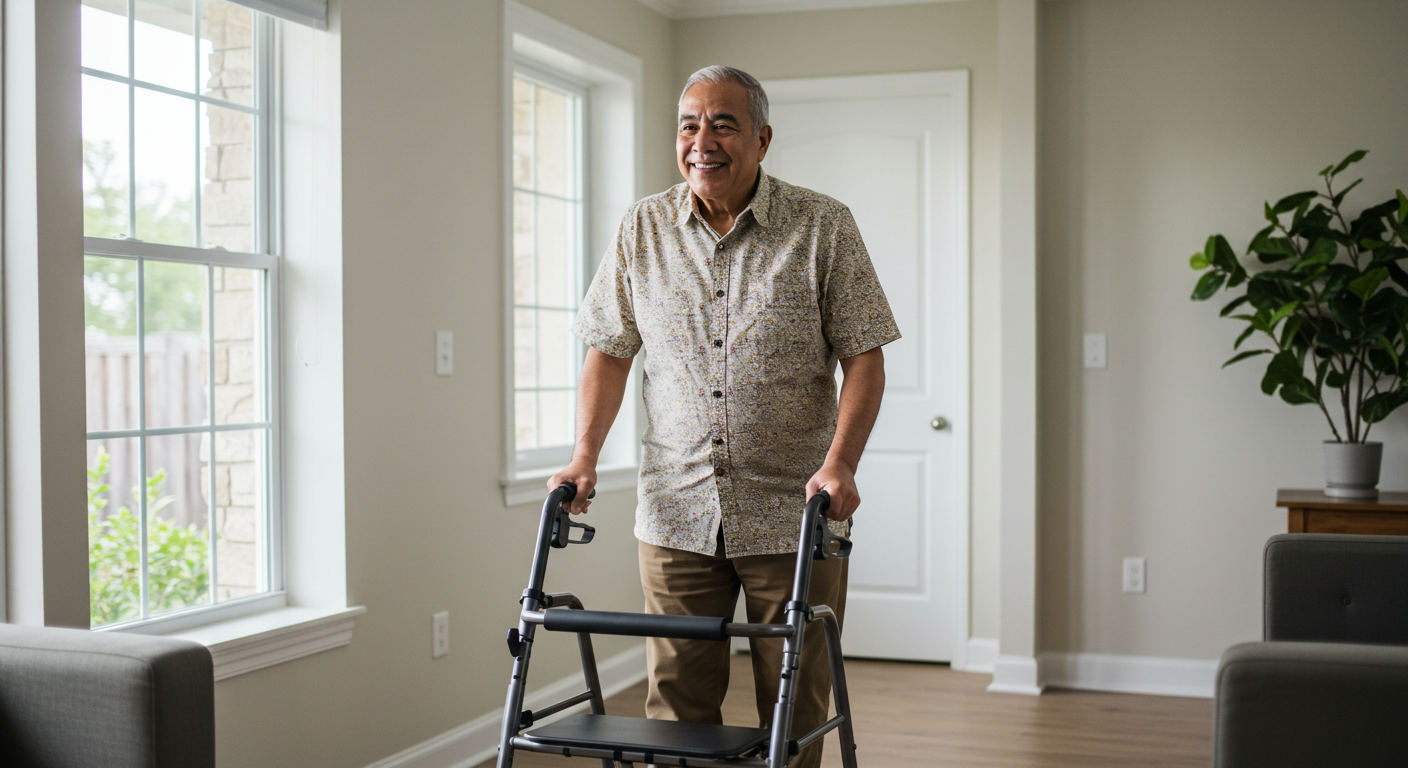Dr. Kumar’s Take:
This randomized trial makes a strong case for using at least 800 IU of vitamin D daily in elderly nursing home residents. While lower doses had no effect, the 800 IU group saw a 72% reduction in fall incidence. That’s a major public health win for such a low-cost intervention. If you’re caring for an elderly loved one in a facility, make sure they’re getting an effective dose of vitamin D—400 IU may simply not be enough.
Key Takeaways:
✔ Only the 800 IU dose of vitamin D significantly reduced falls
✔ Participants taking 800 IU had a 72% lower incidence rate of falls than placebo
✔ Most residents had low vitamin D levels despite multivitamin use
✔ No benefits were seen at 200 IU, 400 IU, or 600 IU doses
✔ The 800 IU group reached optimal vitamin D blood levels (≥30 ng/mL)
Actionable Tip:
If you’re over 70 or caring for someone in a long-term care facility, ensure daily vitamin D intake is at least 800 IU—especially if sun exposure is limited.
Why Vitamin D Matters for Fall Prevention
Vitamin D plays a key role in muscle function and balance. Older adults often have low levels, increasing the risk of weakness, falls, and fractures. This study tested different daily doses of vitamin D—200 IU, 400 IU, 600 IU, and 800 IU—against placebo in a group of elderly nursing home residents.
Study Design: Randomized Trial in a Nursing Home
- Design: Double-blind, placebo-controlled, 5-month study
- Participants: 124 residents (average age: 89) in a Boston nursing home
- Intervention: Daily vitamin D2 supplements (200–800 IU) or placebo
- Outcome: Falls tracked using electronic incident reports
Results: Only 800 IU Made a Difference
- Falls in placebo group: 44% of participants
- Falls in 800 IU group: Just 20%
- Adjusted rate ratio: 0.28 (72% fewer falls compared to placebo)
- Lower doses (200–600 IU): No significant impact
- Serum levels in 800 IU group: Mean 25(OH)D = 29.95 ng/mL (none below 20 ng/mL)
What Dose of Vitamin D Is Effective for Seniors?
This study reinforces that 800 IU daily is the minimum effective dose for frail elderly adults. Lower doses—even with added multivitamins—weren’t enough to correct deficiency or reduce fall risk.
Related Studies and Research
Global Prevalence of Vitamin D Deficiency: A Meta-Analysis – Demonstrates common deficiency in elderly care settings.
Trial Assessing Vitamin D Supplementation’s Impact on Fall Risk Among Nursing Home Residents – RCT data on D’s effectiveness for fall prevention.
Women’s Health Initiative: Calcium plus Vitamin D Supplementation and Fracture Incidence – Large-scale findings on bone health and falls.
Vitamin D Deficiency: Clinical Review by Michael F. Holick, MD, PhD – Reviews musculoskeletal impacts of low D in seniors.
Policy and Scientific Guidelines on Safe Upper Limits for Vitamin D Intake – Provides context on dosing safety in vulnerable populations.
Frequently Asked Questions
How much vitamin D should elderly people take daily?
This study supports at least 800 IU per day for elderly individuals in nursing homes to reduce falls. Lower doses didn’t work.
What form of vitamin D was used?
Vitamin D2 (ergocalciferol) was used. However, other research suggests vitamin D3 (cholecalciferol) may be more effective.
Do multivitamins provide enough vitamin D?
In this study, even with multivitamins providing 400 IU, over half of participants had low blood vitamin D levels.
Can vitamin D help improve muscle strength?
Yes. Vitamin D supports muscle strength, balance, and coordination—important factors in reducing falls among the elderly.
Conclusion
In older nursing home residents, daily supplementation with 800 IU of vitamin D significantly reduced falls. Lower doses offered no benefit. If you’re aiming to protect an elderly loved one from falls and fractures, check their vitamin D levels and consider increasing their supplement dose under medical guidance.


